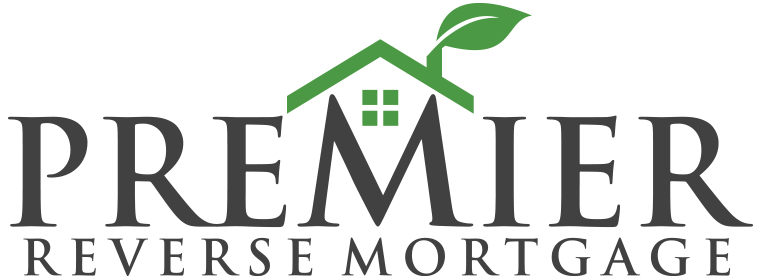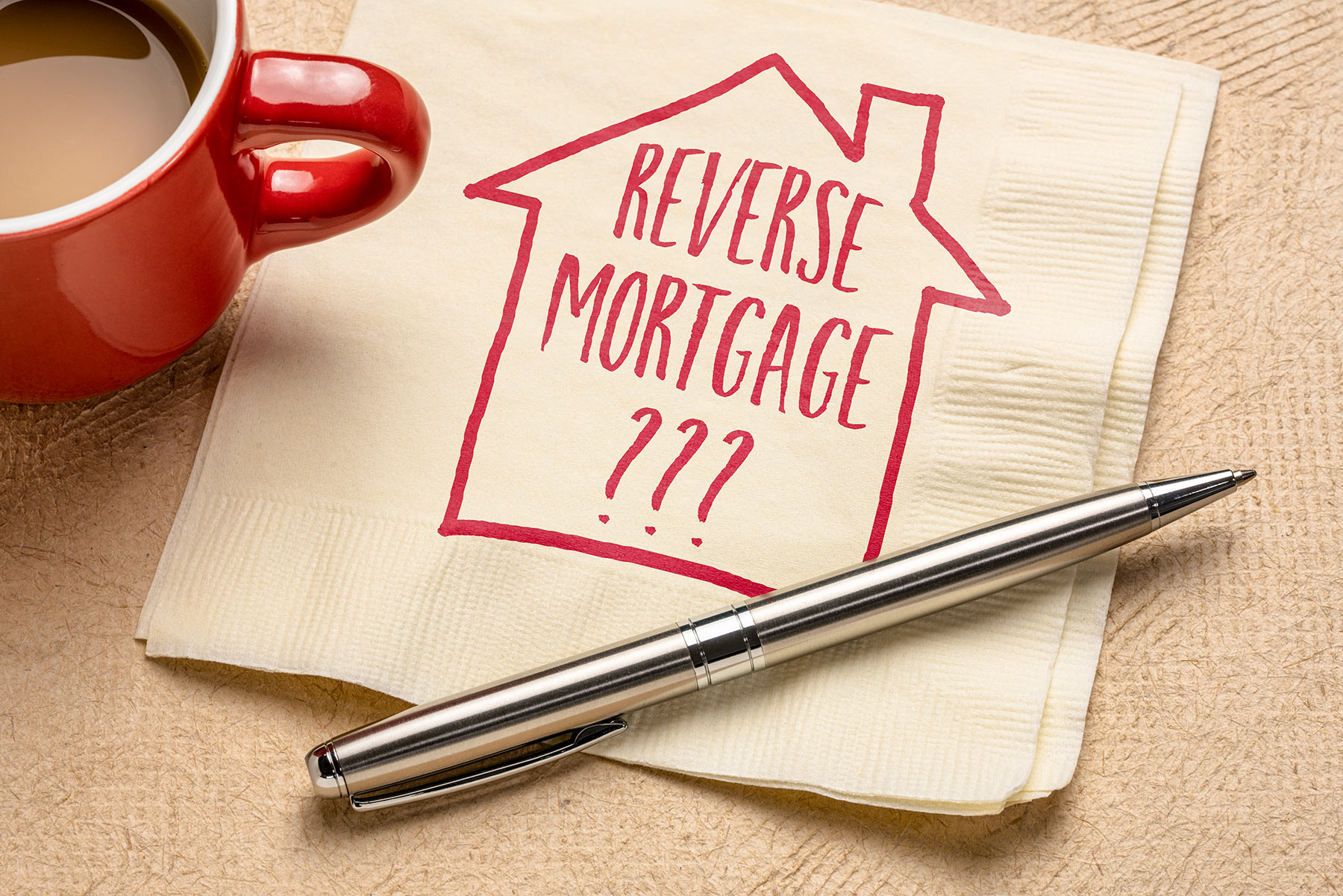Introduction
PRM does not post rates on our website because they change with frequency and are unique to the specific loan scenario. Below we will explain how interest rates work in the reverse mortgage industry, as they are very different from the forward side.
Initial Interest Rate
This is the annual rate at which the money you borrow will accrue interest moving forward (compounded monthly). The fixed rate will be fixed for the life of your loan. The adjustable rate will adjust monthly according to the one-year treasury index plus the lender margin.
Expected Interest Rate
Keep in mind there is a different interest rate that affects the loan amount, and it is called the expected rate. The expected rate is essentially where we expect your interest rate to average over the life of your loan, based on historical data. As the expected rate rises, your loan amount falls, and vice versa. It is tied to 10-year treasury rates and changes every Tuesday until you apply for the loan (so your proposal is only good until the next expected rate change). Once you apply, we lock your expected rate for four months, locking in your loan-to-value ratio. There is no expected rate lock for fixed rate loans.
Adjustable vs. Fixed
One main difference in reverse vs. forward mortgages is that most reverse mortgages come with a variable interest rate. Like with Home Equity Lines of Credit (HELOCs), when you borrow money over time, you are required to have a variable interest rate. Since very few reverse mortgages are a true lump sum, you typically see less than five percent fixed rate loans, especially with HECMs.
Index Plus Margin
Adjustable interest rates are comprised of an index and a margin. The index is the one-year treasury index, which you can access in the link below. You add to the index the lender margin, and that is how you calculate the interest rate. If the margin is 2%, you add that to the one-year treasury index to figure out your interest rate for the month. St. Louis Federal Reserve Graph (one-year treasury) – https://fred.stlouisfed.org/series/DGS1
Interest Rate Cap
The lifetime cap on the interest rate is 5% above the initial interest rate, so this amount is the highest the rate can go. It floats to closing with the initial interest rate, and the cap is set based on the rate at closing (five points above it).
Line of Credit Growth Rate
Should you have funds remaining in a line of credit, they will grow at the listed annual rate (combination of the initial interest rate and MIP rate), compounded monthly. The line of credit growth rate changes each month with the interest rate.
FHA HECM vs. Jumbo Private Rate
With the FHA HECM product, the interest rate is very low because the government is involved in protecting the lender in the case of a future loss, via the mortgage insurance they collect on the loans. With the jumbo private products, there is no government involvement, so the lender/investor has to take out their own mortgage insurance (or self-insure), so the interest rate is significantly higher as a result. The loans are non-recourse either way, but due to no government involvement, the risk is higher to lenders on the jumbo private products.
No Interest Rate Locking
Unlike the forward mortgage market’s 30-year fixed rate product, there are no 15, 30, or 45-day interest rate locks while you are going through the loan process. Our understanding is that the locks would be prohibitively expensive, making them not worthwhile. The adjustable rates and fixed rates in the reverse mortgage industry do not get locked by any lenders until the loan is cleared for closing. The only term that gets locked is the expected interest rate, which protects the loan-to-value ratio for four months (adjustable rate HECMs). Fixed rate HECMs can fluctuate with the market while the loan is being processed.
Want To Know Your Rate?
Complete our request an estimate form, and we will send you a proposal with all of the interest rate terms listed on it.








